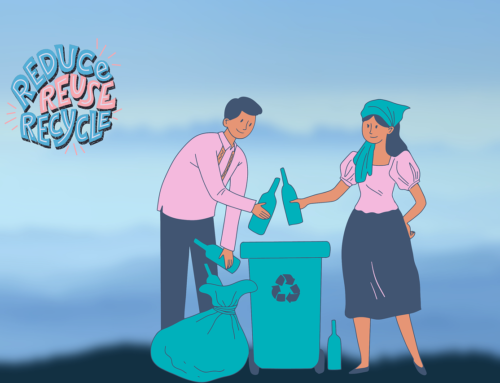Most people would be shocked to learn that they have been guilty of illegal dumping at some point. However, that may be exactly what they’re doing if they dispose of waste anywhere but their own receptacle provided by the city or county. Exceptions do exist, such as when city or county governments hold electronics recycling days. Putting old furniture in the yard or along the side of a road with a free sign attached to it is an example of illegal dumping that many people don’t realize. Some others include:
- Placing waste from a construction site in another company’s bin
- Dumping contaminated waste from a factory into water or soil without permission or treating it first
- Throwing leaves, lawn clippings, garden rubbish, or everyday household waste into a park or forest
Adele's takeover now includes Milwaukee curbside furniture. pic.twitter.com/EHuvHiEqkM
— James Kust (@JamesKust) December 5, 2015
Why Do People Dump Their Garbage Illegally?
The reasons that people don’t follow rules regarding proper waste disposal are as varied as people themselves. Some simply don’t want to pay to have their trash removed so they use the trash receptacles of other people or businesses and make it their problem. Perhaps they feel desperate to get rid of something, such as a broken TV monitor or old computer, and don’t know how to do so otherwise. Ignorance of dumping laws and available alternatives are a common reason as well, although neither are a valid excuse.
How Illegal Dumping Affects Communities and the Environment
Nothing can make a community look run-down faster than old furniture and trash lining the sidewalks, streets, and yards of homes and businesses. Not only does this practice make neighborhoods look unsightly and lower property values, it attracts crime and jeopardizes health and safety. Vandals may find it entertaining to spray graffiti on the trash or even start it on fire. People walking or biking on a sidewalk may hit an obstruction and injure themselves. Trash piles attract rodents, which can spread disease to people and pets.
Illegal dumping is also hazardous to the environment at large. Common items that people dump, such as freezers and refrigerators, contain types of carbon that damage the earth’s ozone layer. Dumping trash directly into a river, lake, or ocean kills marine life and makes the water unsafe for human consumption. Hazardous waste kills plants, which in turn removes a food source for many types of animals. Some species of animals and plants will never return in the same numbers.
CORK: more images from woods in North Cork.
Illegal Dumping in your area? Report it here: https://t.co/gHeINMVd07 pic.twitter.com/KmIKOtO5iV— IT Illegal Dumping (@illegaldumping) April 26, 2017
How the Environmental Protection Agency and State Agencies Are Addressing Illegal Dumping
The EPA estimates that 100 million tons of waste material have been dumped in locations across the United States. The solution is to clamp down on people who commit crimes against the environment. A minor offense, such as throwing trash out the window of a moving vehicle, may land the offender with a $50 fine. Fines can reach thousands or millions of dollars in more serious cases.
Large corporations are often the worst offenders because they put making a profit ahead of the health and safety of others. If everyone agrees to do their part and report those who engage in this activity, illegal dumping could be reduced considerably.





Leave A Comment